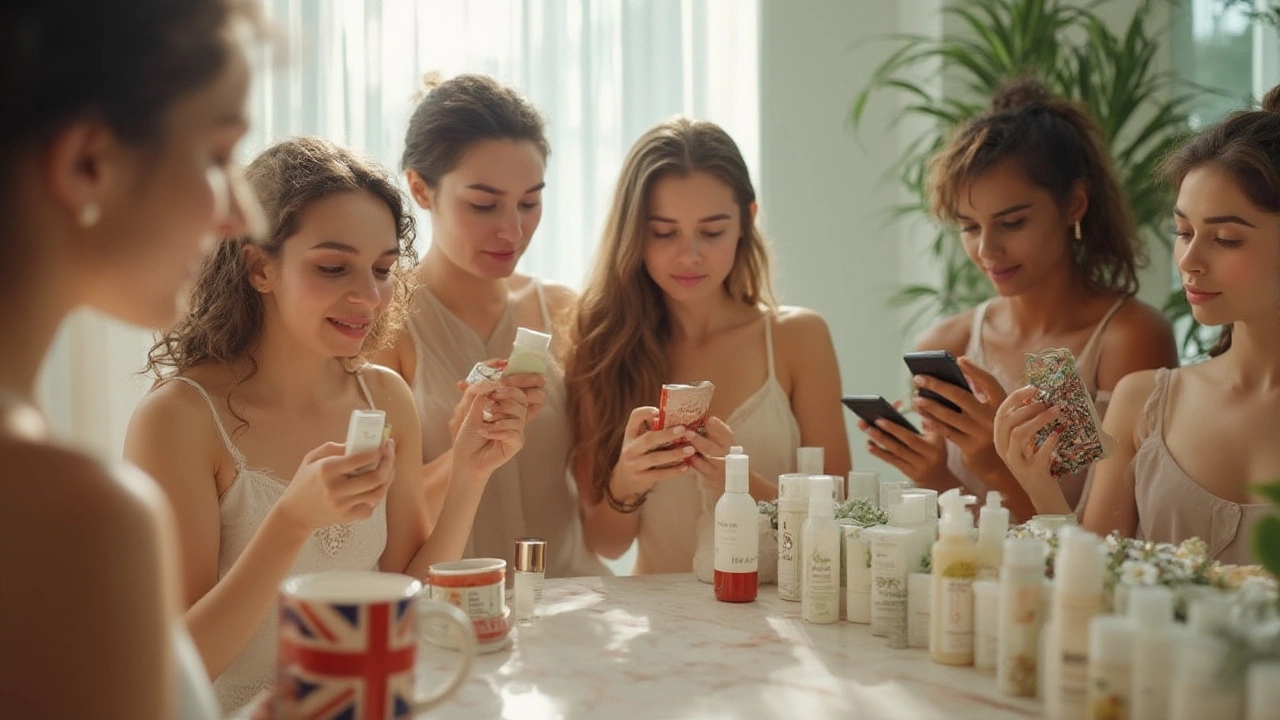Healthiest Beauty Products: Choose Clean, Safe Essentials
When you reach for a moisturizer or nail polish, you want to know it won’t hurt your skin or the planet. The good news is you don’t need a chemistry degree to spot the safest options. Look for short ingredient lists, water‑based formulas, and certifications that actually mean something.
Read Labels Like a Pro
First, skip anything that lists “fragrance” or “parfum” without specifying the source. Those are catch‑alls for undisclosed chemicals. Next, watch out for sulfates, parabens, and phthalates – they’re linked to irritation and hormone disruption. If a product says “paraben‑free” or “sulfate‑free” right on the front, that’s a quick win.
Second, check for reputable certifications such as “EU‑organic,” “USDA‑organic,” or “Cruelty‑Free Certified.” These aren’t marketing fluff; they require audits and ingredient traceability. For nail techs, a nail polish labeled “5‑free” or “7‑free” means it omits the most harmful solvents and pigments.
Top Picks for Everyday Use
For skin, a simple oat‑based cleanser and a hyaluronic‑acid serum give hydration without heavy additives. Look for products that list oat extract, aloe, or green tea near the top – they’re soothing and antioxidant‑rich. A mineral sunscreen with zinc oxide offers UV protection without reef‑damaging oxybenzone.
When it comes to makeup, a foundation built on iron oxides, mica, and plant‑derived pigments is usually safer than those with synthetic dyes. Lip balms that use beeswax, shea butter, or cocoa butter keep lips soft without petroleum‑based waxes.
For nails, choose polishes that avoid toluene, formaldehyde, and DBP. Brands that use water‑based formulas and plant‑derived colors not only reduce fumes in the salon but also protect clients’ cuticles. A top coat with UV inhibitors like UV‑absorbing polymers can prolong wear without extra chemicals.
Don’t forget tools – a stainless‑steel or ceramic nail file is less likely to harbor bacteria than a cheap metal one. Regularly sanitise brushes with 70% isopropyl alcohol; it’s cheap and effective.
Finally, trust your senses. If a product smells overly sweet or feels sticky, it probably hides synthetic compounds. A mild scent or a light texture usually means fewer hidden additives.
Putting these steps together makes shopping for beauty products feel less like a guessing game and more like a routine. Start with one product, test it for a week, and build from there. Your skin, nails, and conscience will thank you.
Healthiest Beauty Products: Safe, Non-Toxic, and Skin-Friendly Choices for 2025
Discover how to choose the healthiest beauty products for your skin and body in 2025. Learn about non-toxic ingredients, safe brands, and what to avoid in your skincare and makeup routine.
